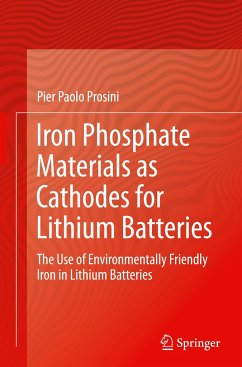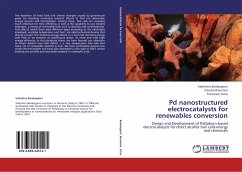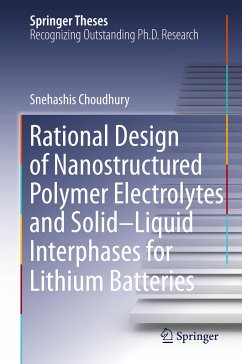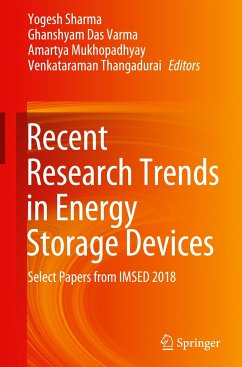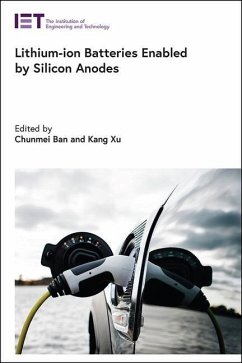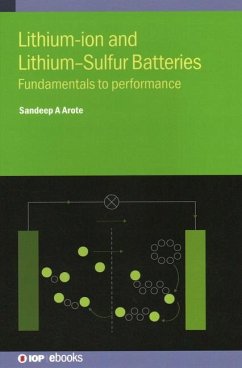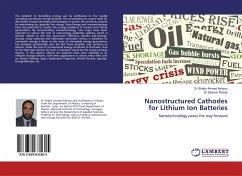
Nanostructured Cathodes for Lithium Ion Batteries
Nanotechnology paves the way forward
Versandkostenfrei!
Versandfertig in 6-10 Tagen
27,99 €
inkl. MwSt.

PAYBACK Punkte
14 °P sammeln!
The problem of dwindling energy can be attributed to the rapidly increasing worldwide energy demand. This necessitates an urgent need for alternative energy-harvesting technologies to sustain the economic growth by maintaining our appetite for energy. Solar-Energy and nanotechnology have the potential to resolve the energy problems of present and future generations. By incorporating nanotechnology, new ways have been explored to reduce the cost of solar-energy utilization systems, which is directly related to the low conversion efficiency, diluted solar-energy-density, costly materials and fab...
The problem of dwindling energy can be attributed to the rapidly increasing worldwide energy demand. This necessitates an urgent need for alternative energy-harvesting technologies to sustain the economic growth by maintaining our appetite for energy. Solar-Energy and nanotechnology have the potential to resolve the energy problems of present and future generations. By incorporating nanotechnology, new ways have been explored to reduce the cost of solar-energy utilization systems, which is directly related to the low conversion efficiency, diluted solar-energy-density, costly materials and fabrication processes. Hence, a transition to renewable energy is likely, as the costs of renewable energy generations has dropped substantially over the last three decades, and continue to decline, while the cost of conventional energy continues to fluctuate. One of the important factors for such a transition would be the energy storage devices. In this regard, Lithium Ion batteries have been explored as an efficient storage devices, with their applications in almost every field such as, Electric Vehicles, Space Exploration Programs, Mobile Phones, Laptops, Energy Backups, etc




